Rising Awareness of Aesthetic Treatments
The Aesthetic Devices Market is benefiting from a rising awareness of aesthetic treatments among consumers. Educational campaigns and increased visibility of aesthetic procedures through various media channels have contributed to a more informed public. As individuals become more aware of the options available, the demand for aesthetic devices is expected to rise. Recent surveys indicate that nearly 60% of adults are considering some form of aesthetic treatment, which suggests a significant market potential. This heightened awareness not only drives consumer interest but also encourages practitioners to adopt advanced aesthetic devices, further stimulating market growth.
Technological Advancements in Aesthetic Devices
The Aesthetic Devices Market is experiencing a surge in technological advancements, which significantly enhances the efficacy and safety of aesthetic procedures. Innovations such as laser technologies, radiofrequency devices, and ultrasound systems are becoming increasingly sophisticated. For instance, the introduction of fractional laser technology has improved skin resurfacing outcomes, leading to higher patient satisfaction rates. According to recent data, the market for laser aesthetic devices is projected to grow at a compound annual growth rate of approximately 10% over the next five years. These advancements not only improve treatment results but also expand the range of procedures available, thereby attracting a broader clientele to the aesthetic devices sector.
Increasing Demand for Minimally Invasive Procedures
The Aesthetic Devices Market is witnessing a notable shift towards minimally invasive procedures, driven by consumer preferences for less downtime and reduced recovery periods. Treatments such as injectables, dermal fillers, and non-surgical body contouring are gaining traction among patients seeking effective yet less invasive options. Market data indicates that the demand for non-invasive aesthetic procedures has increased by over 15% in recent years, reflecting a growing inclination towards quick and efficient solutions. This trend is likely to continue, as more individuals prioritize convenience and immediate results, thereby propelling the growth of the aesthetic devices market.
Aging Population and Demand for Anti-Aging Solutions
The Aesthetic Devices Market is significantly influenced by the aging population, which is increasingly seeking anti-aging solutions. As individuals age, they often experience skin laxity, wrinkles, and other signs of aging, leading to a heightened demand for aesthetic treatments. Data suggests that the demographic of individuals aged 50 and above is projected to grow substantially, creating a larger customer base for aesthetic devices. This trend is likely to drive innovation and investment in anti-aging technologies, as manufacturers strive to meet the evolving needs of this demographic, thereby enhancing the overall market landscape.
Influence of Celebrity Endorsements and Social Trends
The Aesthetic Devices Market is notably impacted by celebrity endorsements and prevailing social trends that promote aesthetic enhancements. High-profile figures often share their aesthetic journeys on social media platforms, which can significantly influence public perception and acceptance of aesthetic treatments. This phenomenon has led to an increase in inquiries and procedures among individuals inspired by these endorsements. Market analysis indicates that aesthetic device sales have seen a correlation with social media trends, suggesting that as more celebrities embrace aesthetic treatments, the market is likely to expand further, driven by consumer aspirations to achieve similar results.



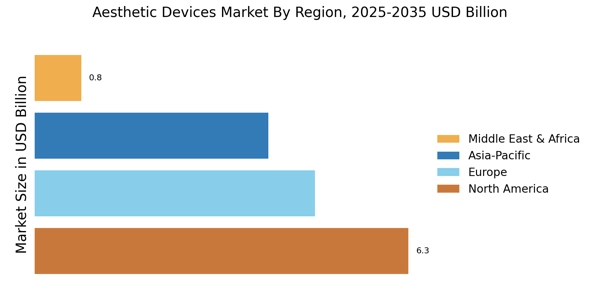

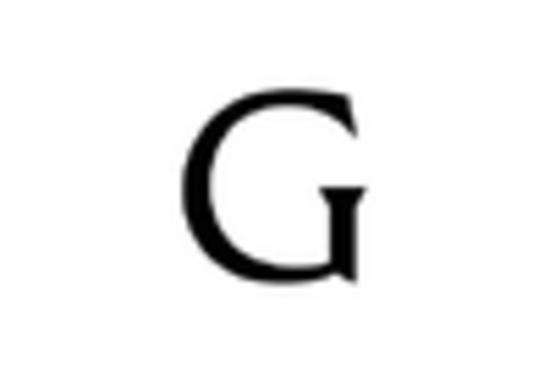
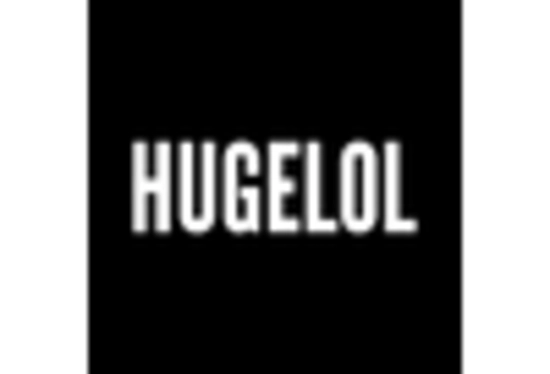
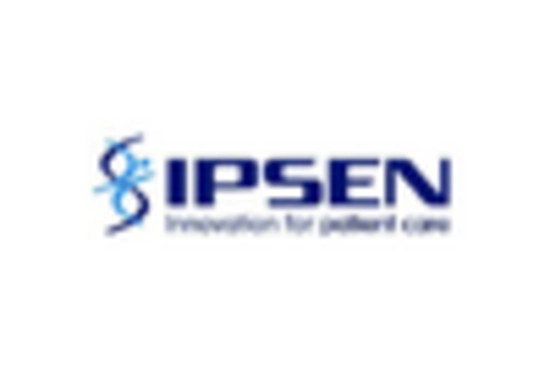
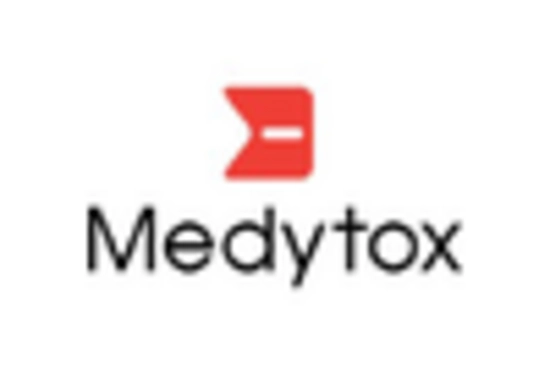
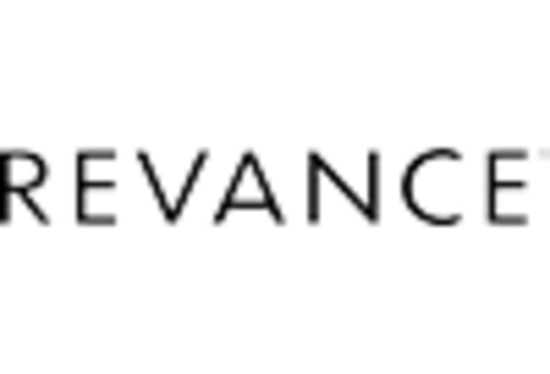








Leave a Comment